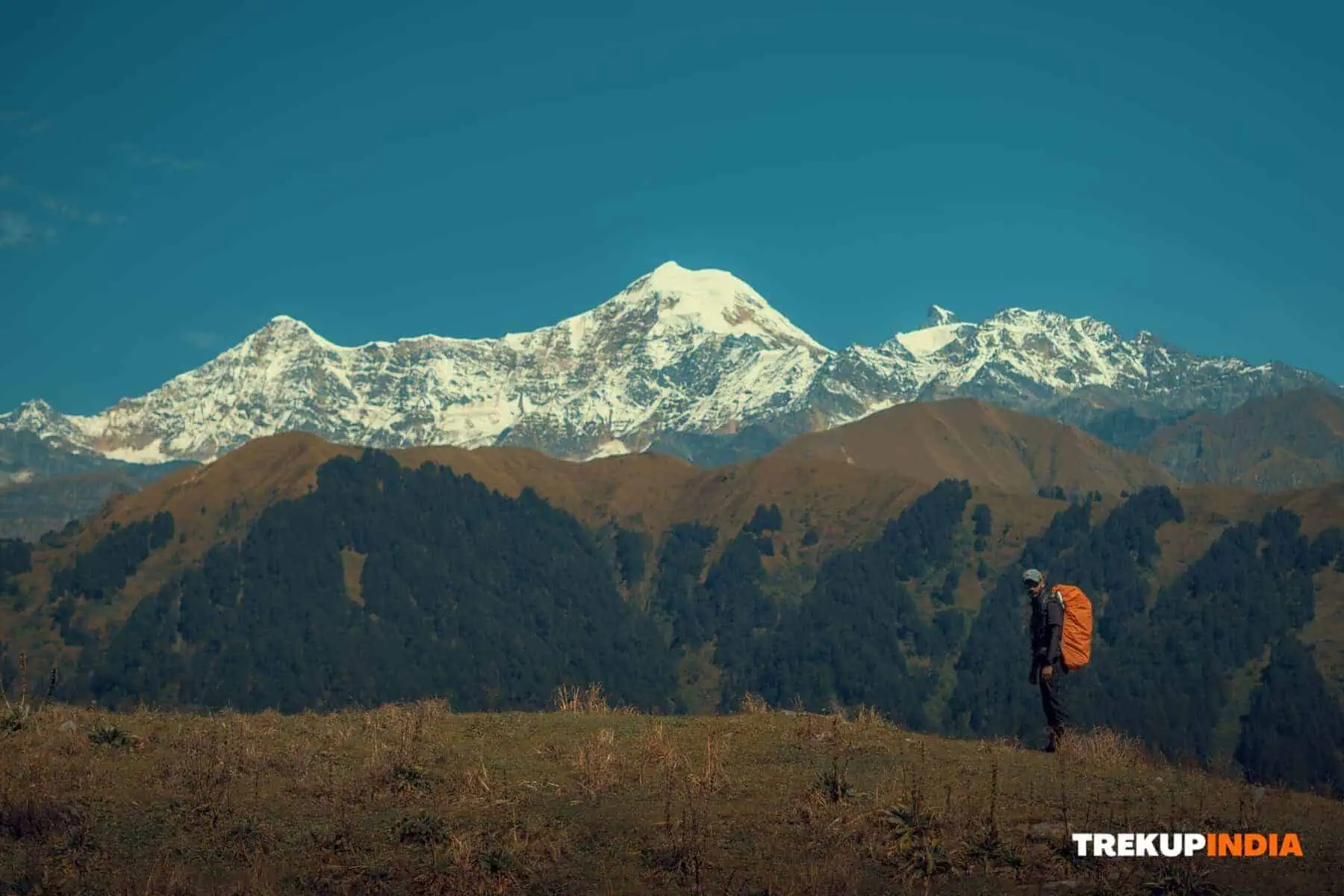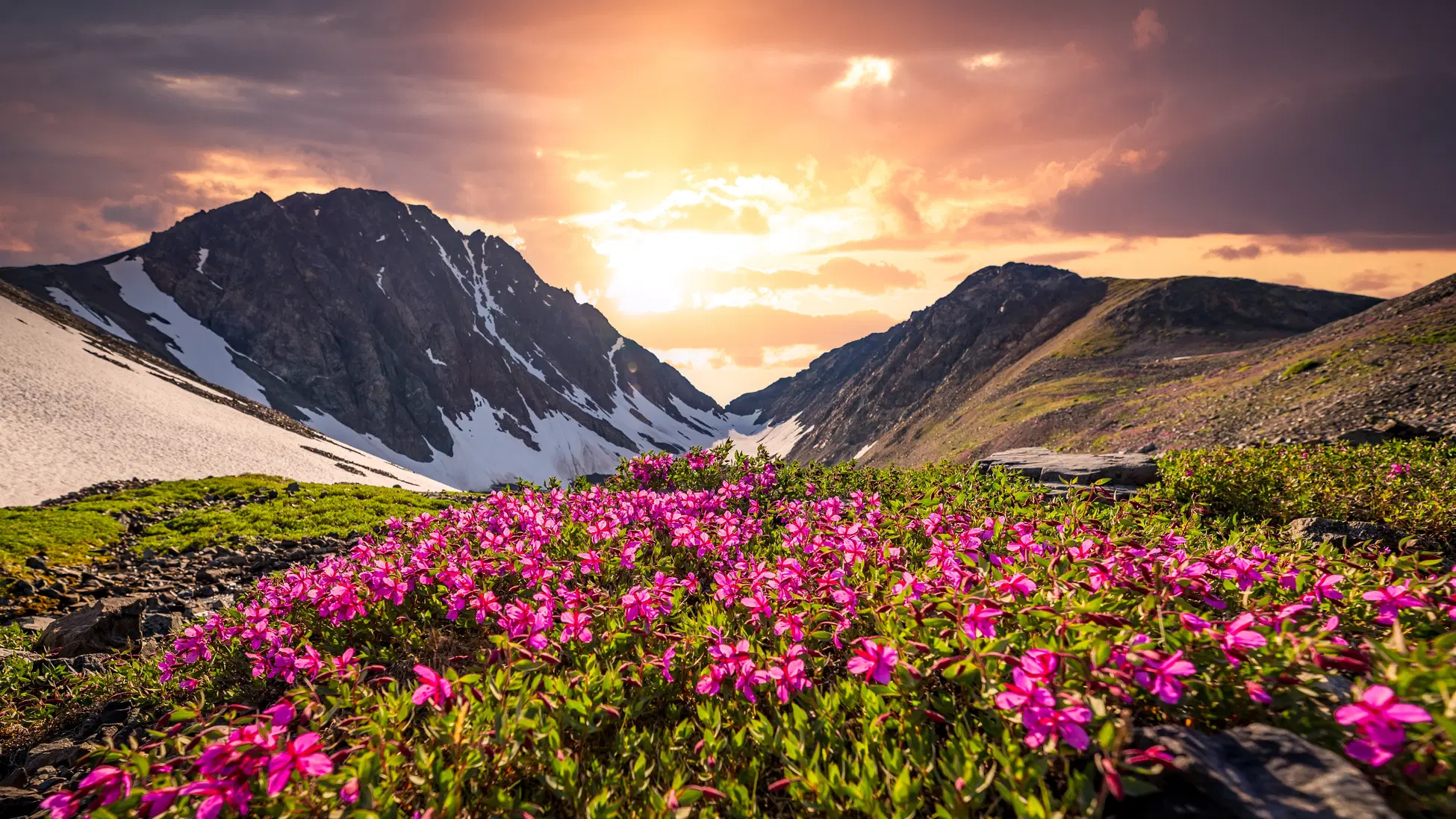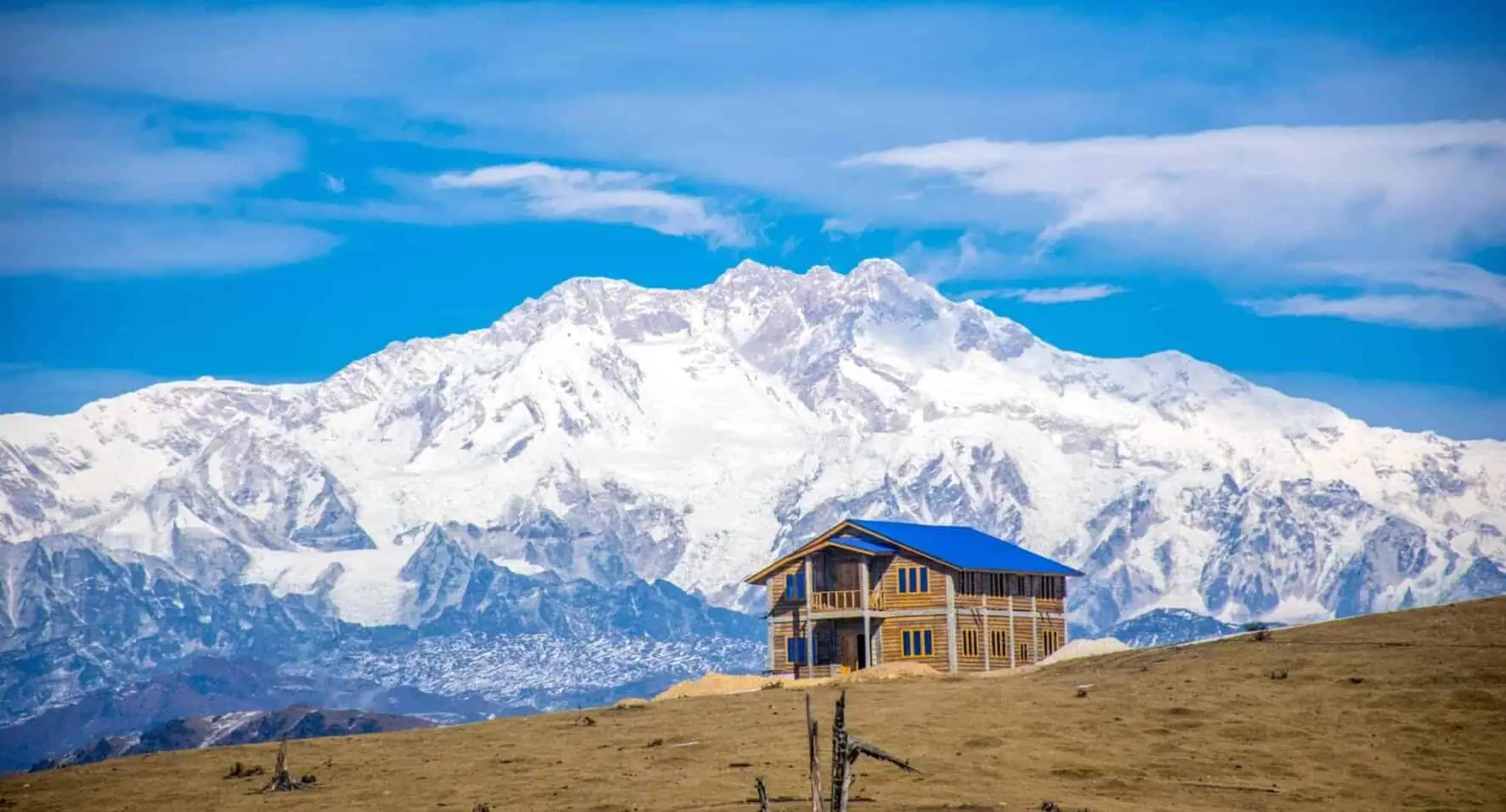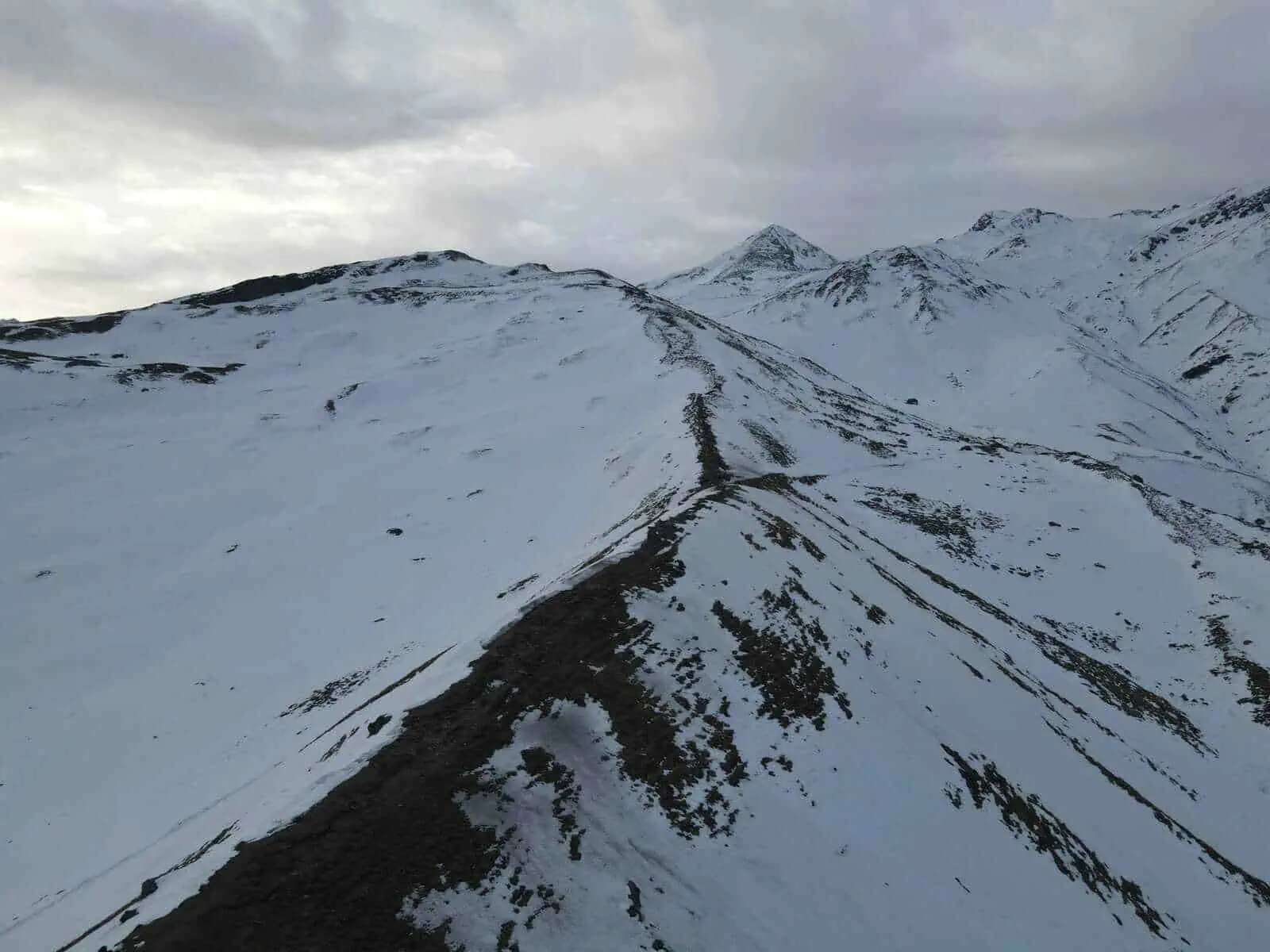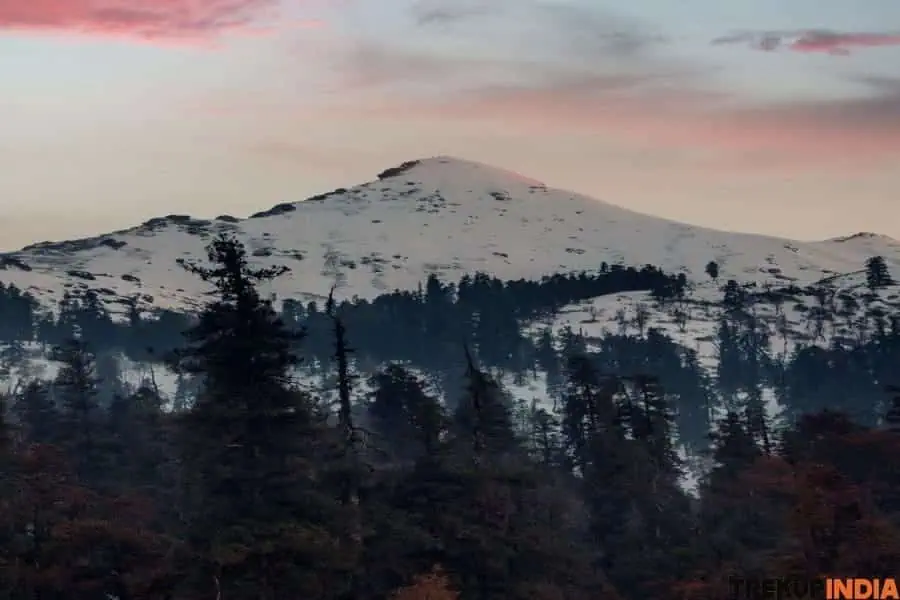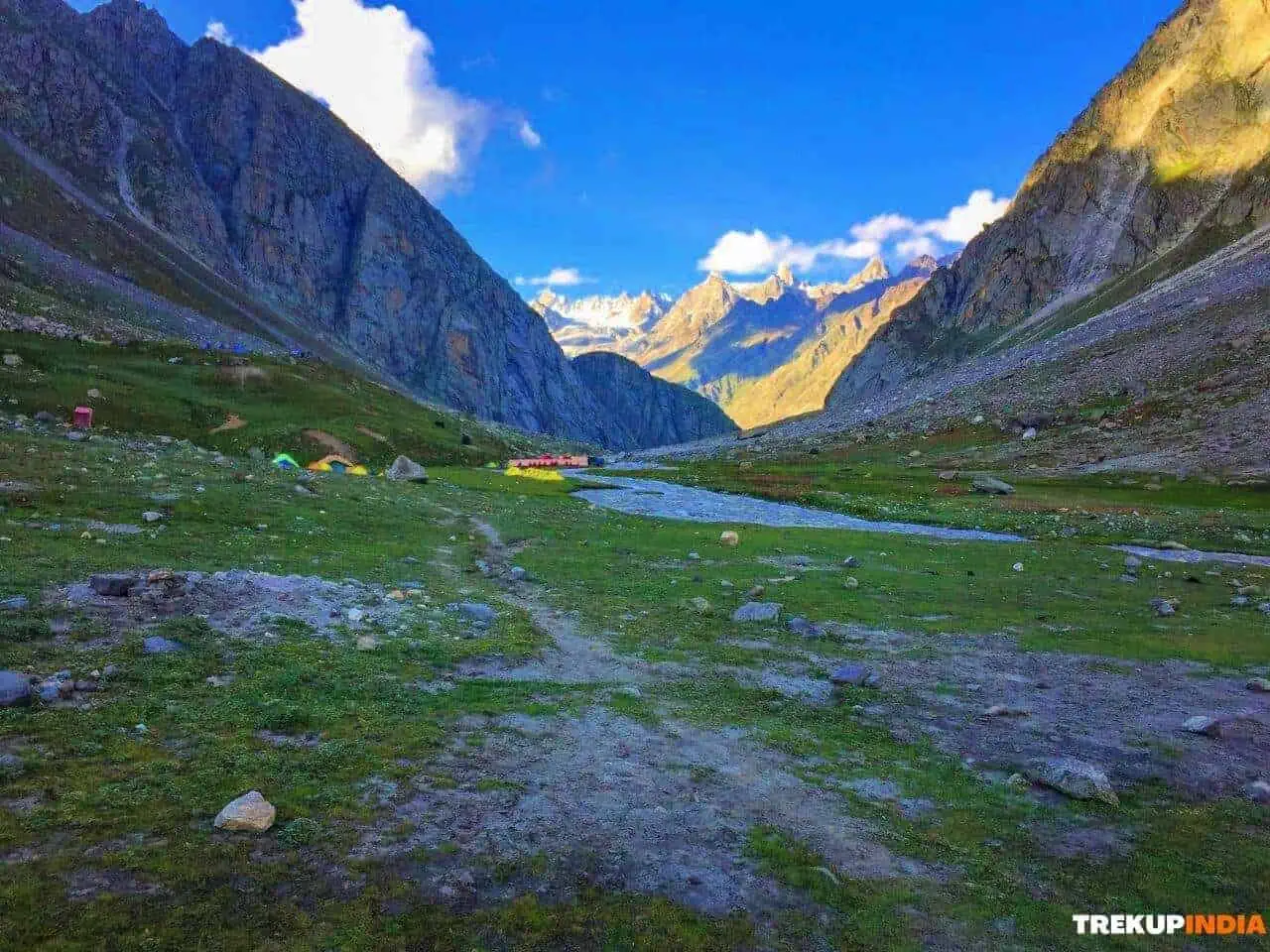Sanjay Dubri Tiger Reserve Trek
Sanjay Dubri Tiger Reserve Trek
Sanjay Dubri Tiger Reserve Trek is in Madhya Pradesh, where nature awaits in abundance. In its buffer zone, we will have access to an expansive area filled with wildlife, providing an intimate look into our planet that can only be gained through deep, immersive adventures such as trekking.
Exotic and breathtaking landscapes like India’s central forests – made famous in The Jungle Book – can be an amazing spectacle to witness. There, you will experience lush vegetation as well as an amazing variety of birds, making these forests an unforgettable sight.
There are streams and rivers we can traverse and find suitable camping spots along riverbanks, vast reservoirs in which animals may gather, and ever-evolving scenery offering fresh perspectives with every trek we undertake.
Sanjay Dubri Tiger Reserve Treks are organized jointly by Madhya Pradesh Tourism and its forest department. Due to restricted access, treks are led by forest guards; adventurers may join, but any sign of wildlife that might endanger trekkers could result in route modifications or an early end-point for this expedition.
Best Time for Sanjay Dubri Tiger Reserve
Sanjay Dubri Tiger Reserve Treks provide an idyllic escape from traditional wildlife safaris, allowing trekkers to experience unspoiled forests as well as abundant wildlife in their natural environments.
As part of the team that organized and led this trek, I treasure every moment. There are numerous reasons I love this trip and its participants; here are my top three:
As opposed to Bandhavgarh parks, Sanjay-Dubri’s Tiger Reserve remains relatively untouched and undiscovered, which creates an authentic experience. A lack of tourist presence allows wildlife to thrive unimpeded; chances of seeing wild animals flourishing naturally increase exponentially. People frequently come across signs of wildlife like bear tracks while exploring this uncharted territory – adding further enjoyment.
Sehra Dam is an idyllic spot for birdwatchers, offering an amazing diversity of avian species. Situated within Sanjay Dubri Tiger Reserve – known for being home to hundreds of bird species – the dam makes an excellent location to spot these flying friends. A small trek leads up to it, with plenty of time spent relaxing along its serene backwaters on day two, perfect for taking breathtaking photographs of these incredible creatures.
Birchuli Dol: Dubri Tiger Reserve defies expectations by providing an amazing variety of scenery that will amaze even experienced Trekr. Beyond dense forests lie hills, peaceful streams, soft backs, and vast meadows that open out before your eyes, revealing breathtaking sights like Birchuli Dol tucked within this serene and exotic oasis among shield trees – it is truly stunning to look at!
Highlights of Sanjay Dubri Tiger Reserve
- This rock formation stands out and serves as a recognizable landmark to guide you to the trek’s starting point. Upon approaching it, you’ll realize that this charming rock face is, in fact, a massive boulder with an imposing overhang.
- Upon reaching the summit of Kunagalu hill, a breathtaking vista unfolds, revealing the town’s expansive countryside. The scene encompasses a multitude of hills, coconut plantations, farmlands, and the meandering Arkavathi River passing through various villages. The juxtaposition of these elements creates a sense of being in a lush tropical oasis.
- While the trek is short, there are a few parts where you must pass through caves, jump on rocks and large stones, and navigate carefully through open areas. These parts are exciting but safe. Be cautious when encountering them, particularly if older individuals and children accompany you.
Detailed Trail Information of Sanjay Dubri Tiger Reserve
Day 1: Travel from Beohari to Jamdhar Gate
Beohari railway station is the nearest major station. However, flights coming from major metropolitan areas or those with extensive rail networks – like Jabalpur Airport – tend to offer better connections than Beohari.
Trekup India will arrange for shared pickup with other trekkers at Jabalpur before taking an express train directly to Beohari. From there, Trekup India provides a shared shuttle pickup service, and the drive will last approximately 61 km and two hours.
Beginning your trek at Jamdhar Checkpoint within Sanjay Dubri Tiger Reserve, travel along an extremely rough and rocky road leading towards Jamdhar. Although accessible with a four-wheel drive vehicle, we highly suggest walking this stretch for approximately 10 minutes towards the dam – lined by beautiful trees on both sides – before driving further along this trek towards your desired location. Although being developed into an ecotourism spot due to a lack of infrastructure support for it, this section has an upward slope typical of most four-wheel-drive routes.
Relax for 10 minutes as you stroll through the forest until you arrive at an open space close by – Jamdhar Dam! Here, it is possible to set up camp and spend your evening there.
Day 2: Jamdhar to Narayan Ghati
The trek covers 13 kilometers in total and typically requires five to six hours to complete. Wake up each morning listening to birdsong echo through the trees! Start your day right! Camping on this peaceful clearing serves as a parking space for vehicles when open for public access, providing easy hiking access uphill to reach the highest point on the hillside. Trek uphill via a trail leading up to its top!
Jamdhar Dam lies along a ridge ahead, surrounded by hills all around and one single one. This magnificent view provides the ideal starting point for hiking excursions; to its left, you’ll see a tower at the summit of a hill while its base contains an ancient temple. Follow the crest of the earthen barrier, turning left at its apex to start ascending the tower.
Sitting atop a mound that surrounds the dam lies this tower, which boasts panoramic views across all regions. After taking some photos from the dam, descend and retrace your steps until reaching the ridge. Follow the trail past the summit of the wall before turning left at a slight incline. The trail follows the northern edge of a reservoir’s shoreline, looping through the forest edge.
One unique aspect of this trek is that you will pass by reservoirs belonging to three separate dams. Apart from passing by the main dam, the trail also passes Belaha Dam and Sehra Dam – two unusual reservoir systems providing an unusual view – along its route. At the lake’s edge, it descends gradually before ending at the damp banks of Sehra and Belaha Dams. Make sure to stay on the right path behind a forest guard and do not stray away. About 10 minutes after reaching the summit, the trail turns left and climbs into the woods – made easily identifiable thanks to Chowkidars on patrol – making your adventure all the simpler. At the beginning of summer, leaves from trees surrounding a trail become covered in red leaf drippings that carpet its surface.
As you move away from a reservoir, the path becomes narrower as bushes replace trees on it. While exploring this natural forest may seem appealing, bears could frequent it to quench their thirst at nearby reservoirs if left alone on this trail. To stay safe and enjoy a supervised adventure, make sure you follow forest rangers around its edges during your journey. The ascent is short but long, reaching an open area from which many paths branch off into different directions.
After roughly 15 minutes of exploring the smooth terrain outside an open space, you’ll discover an unassuming stone wall marking the boundary of a small forest. There, you will notice a path veering north towards Dhanav in the lower plains. Follow it for several minutes before taking an abrupt left. Train tracks can be heard rumbling through a valley below. As you near its horizon, an amazing panorama opens before your eyes; its beauty is enhanced further when mist covers it during wintertime. Feelings of mystery permeate this vast forest, making it easy to stay for extended periods.
A short walk of approximately 100 feet will bring to a small swath in its terrain, where there will be a tiny lake waiting. Forest guards ensure it is safe for you to drink, so make sure that if needed, you refill your water supply. Once done, turn right and head back towards the valley – here, you will encounter a moderately challenging path that leads through it all.
If you’re up to the challenge, a five-minute Trek downhill will bring you to a hole in a rock formation. Locals claim they often see wild animals sheltering in this alcove from the harsh summer sun. Please return to the top of the plateau and follow the main route leading through the forest towards its western side. Here, you’ll see mostly Bamboo or Sal trees, as well as numerous stumps being cleared away by locals who seek to capitalize on an increasing demand and high timber price.
This particular trail is well known for the wildlife it attracts. You are likely to come across signs of leopards at least once along the trail – their footprints, droppings, or tracks can often be found along its length. Once you enter a forest area, you’ll notice changes both to its natural landscape and plant life.
The hard ground beneath your feet transitions to rock-covered surfaces while sparse forests begin to flourish into lush, thickly green woodlands. Within days, you will reach a dry riverbed known as Khatola Naal. Ola Naal serves to replenish smaller bodies of water downstream. Summer’s arrival has meant that streams have stopped running, yet water bodies continue to provide drinking water for consumption throughout the season. The trail follows Naal and passes by multiple lakes before looping back around to its opposite end, which flows into a river. As one climbs upward along the streambed, the trail becomes increasingly challenging, crossing rapids across small tributaries that feed Naal.
Rock terrain found here has been formed through extreme temperature variations as well as seasonal water flows, producing unique shapes. Water is ever present here, making for a dynamic landscape that requires care to explore safely. Be wary when walking these areas; sandy stream banks could hide loop trails. From the valley of a stream, a pathway quickly ascends toward a massive swimming pool known as Magardaah pool.
Narayan Ghati Pool is one of the largest pools in this area. You will soon hear cars passing on the road as you exit, signaling that you’ve nearly arrived at Narayan Ghati Road. Start by climbing a tiny hill, then walking west until you find a forest-stuffed hut that patrols on the opposite side of the highway. Near this hut stands a massive single tree situated within an expansive grassy space – ideal for taking advantage of its shade while pitching tents in this space.
Day 3: Narayan Ghati to Sehra Dam
Sehra Dam is located five kilometers away and takes three hours to reach.
After exerting so much energy on day 1, today should be much shorter.
Start the day right by enjoying a relaxing breakfast before heading east with the Forest Guards towards the forest. As soon as you step foot in a forest, there’s an unnoticeable trail running through its trees. After making your way through dense foliage and crossing a small border that marks your hunting zone, a wide route that divides it in two becomes visible – which you must follow quickly in order to locate it.
Forest department officials use this trail even though the trek may only last a day or so; nevertheless, it makes for an unforgettable day on any trek. This particular journey offers a distinct environment not typically associated with Madhya Pradesh, with an easy path strewn with leaves and lined by trees that truly stands out among other trails, such as the Chhatisgarh Jungle trek.
The terrain on this trek has a smooth texture, making navigation of the forest much simpler. After about two kilometers from Narayan Ghati campsite, take a left turn off of the trail into the forest to reach our final destination: Sehra Dam. After 15 15-minute off-trail route, you’ll come upon its reservoirs for the first time before turning toward the west until finally reaching its summit.
Look to your left, and you will spot the beautiful Sehra Dam reservoir, known for its remarkable beauty. Bounded on three sides by stunning forests, its expansive grassland opens to vast grasslands in the west. Ideal for bird watchers as there are numerous species such as Indian rolling birds, Kingfishers, fork-tailed drongos, and more that inhabit its shores – sure to draw your gaze!
Cross the ridge and continue past the observation tower of the dam to reach the southern-western shoreline of the reservoir, where you’ll eventually come upon a grassy open area to the west end, where you should select an ideal camping site.
Day 4: Sehra Dam to Karwahi village
Karwahi is located 12 km away, and it typically takes between five to six hours to travel by road. Karwahi can be found via GPS at 24 deg 3 min 34 sec north and 41 deg 13 sec east, respectively.
Start your day off right by having your camera at the ready well before sunrise. Early morning is an excellent opportunity to capture images of birds flying near the dam in soft golden light; winter’s early stages bring vibrant green grasslands that create breathtaking vistas; this gives a reservoir a rejuvenated appearance!
At 8 a.m. each morning, embark on your Trek around the east side of Lake Powell. Within five minutes from your camping site, you’ll discover a path running through the forest – take it and revel in nature’s splendor! Take this trail out through the trees onto another side of Hill and follow its edges back toward pools that have receded.
Due to low water levels in this reservoir, its soil can become particularly damp, making it easy for visitors to slip onto slippery pathways and get wet feet. To avoid getting your feet wet, try walking an upper route running parallel with your primary trail, even though this alternative path might not provide a smooth traversal route through wetter terrain.
As you move away from the lake, a breathtaking landscape comes into view: undulating grasslands stretch away into the distance, creating an eye-catching scene. Birchuli Dol is a vast meadow used by locals to graze livestock; visitors have an opportunity to interact with people and gain insight into their lifestyle. A charming hut located here serves as a forest department post with rangers monitoring this land; remember to treat any wildlife you come across with caution and respect!
Near the security hut at the end of the meadow lies what’s known as Bear’s Den – just one more reminder of where we walk through nature’s realm! If the night brought rain, look for evidence of bear activity, such as footprints on sandy surfaces. Continue walking through dry streams for another 10-15 minutes until you spot its distinctive G-shape in view. Although it seems possible, you must turn around and follow an unassuming northbound route for about 500m until you encounter a fork that leads up the hill; at this point, the trail becomes increasingly rough and steep. When the terrain has recently been submerged by flooding, ascending can be more difficult. To ease your journey up Giddha Pahad more safely and quickly, avoid going up hills by going straight lines until you reach Tindhariya Naal.
After reaching this point on Giddha Pahad, you will see an unpaved road start going up the other slope to reach Tindhariya Naal before eventually joining up onto its ridge at Giddha Pahad itself. On reaching its summit, you will be able to view both Birchuli Dol and Giddha Pahad, which are located here! Near the hut stands an overgrown watchtower that is in poor condition and should not be scaled by visitors. Forest lodges typically employ guards as security personnel, but tourists rarely visit this region.
A guard will greet visitors with a friendly smile and offer them a cup of tea, offering them time to remove their backpacks and rest before continuing their journey downhill through an alternate slope. As soon as you pass through an area of trees, you will reach a dirt track. After about 7 minutes of traveling on this trail, a downhill trail winds across the forest toward its center, leading to a den for wildlife of the forest. Following the hill downhill will bring you to the Tindhariya Naal riverbed and bring back memories of Birchuli with its vibrant autumnal leaves and vibrant forest floor. Head west along its track. This section features spotted deer that are freely roaming about. While they can be difficult to spot and photograph, don’t be intimidated to try taking an image of one! You are more than welcome.
As you progress further through the forest, you’ll quickly come upon wooden fences that mark off this section of tiger reserves. Near the fence lies a road that connects to the Vangram Karwahi conservation zone. Make your way along this road, passing behind the fence to enter by entering through its northern gate and entering Karwahi village for yourself – an example of excellence that houses its tribe. As you move along the road through the fields, you’ll reach the only school in the village and its headman, who are both willing to host visitors for the night. If you feel up for it after working hard all day long, take a short stroll around Belaha Dam reservoir or even plan a quick day trip early in the morning!
Day 5: Travel back from Karwahi
Start the day right by getting up early in your village and hopping onto a Trekup India vehicle that will transport passengers to Beohari; this 44 km trip usually lasts around one and a half hours until completion. At Beohari, you will then transfer onto a train that heads towards Jabalpur.
How to Reach For Sanjay Dubri Tiger Reserve
By Train: Beohari itself serves as its major railroad station. Unfortunately, however, no direct services connect Beohari with any major cities across India.
By Air: Consider flying into Jabalpur Airport and then taking an onward train service that connects to Beohari as one potential solution.
Trekup India provides transportation between Beohari and Jamdhar Gate; however, this cost should be divided among trekkers and then paid directly to each driver.
Jabalpur Airport, situated close to Sanjay Dubri Tiger Reserve, provides easy connectivity with major metropolitan centers across India, such as Delhi, Mumbai, Kolkata, Chennai, and Bengaluru.
Getting back to Beohari after the trek
Trekup India provides transportation from Karwahi up to Beohari Station on the railway; this 44km journey typically takes 1.5 hours. At Beohari, you have the option to connect to another train that will take you directly into Jabalpur.
Reaching Jamdhar using Public transport
Navigating Jamdhar using public transport may prove challenging due to its remote location in the state and limited network coverage. Majhauli serves as the major hub connecting Beohari through public transport services.
Buses make regular runs from Chamra Dol to Jamdhar and back, roughly 27km away from Majhauli.
Chamra Dol is easily accessible, located near Karwahi, and provides frequent public transport options that are easily available.
Places to visit after Sanjay Dubri Tiger Reserve trek
Sanjay Dubri Tiger Reserve can be found in Madhya Pradesh’s eastern region near Chhatisgarh state, and it has not yet seen the development of well-known tourist spots.
After your trek in the Sanjay Dubri Tiger Reserve, there are various activities and services to take advantage of as an afterthought:
Launch an unforgettable wildlife experience by beginning with a Sanjay Dubri Tiger Reserve tour for an unparalleled wildlife encounter. Although its population of tigers may not match Bandhavgarh’s, seeing wildlife such as sloth bears on early morning safaris is quite common here. Or visit Bandhavgarh Tiger Reserve, located approximately 90 km from Bandhavgarh, for another exhilarating Tiger Safari, where an experienced guide almost guarantees a glimpse of one even amid the increasing commercialization of the region.
Want To Trek Like Pro?
Check out the following videos if you want to trek like a pro trekker and improve your skills. These videos contain helpful tips, tricks, and techniques to help you trek like a pro. Whether you’re a beginner or an experienced trekker, these videos can provide valuable insights to enhance your trekking experience. So, watch the videos below by Trekup India experts to take your trekking skills to the next level.







Know Everything About Acute Mountain Sickness
Acute Mountain Sickness is a medical condition that can occur when individuals travel to high altitudes, typically above 8,000 feet. It is caused by the decrease in air pressure and oxygen levels in the air as altitude increases. Symptoms of Acute Mountain Sickness may include headache, nausea, vomiting, dizziness, and difficulty sleeping. To avoid Acute Mountain Sickness, it is important to gradually adjust to high altitudes and seek medical attention if symptoms worsen. To learn more about this condition, check out the videos by Trekup India.




